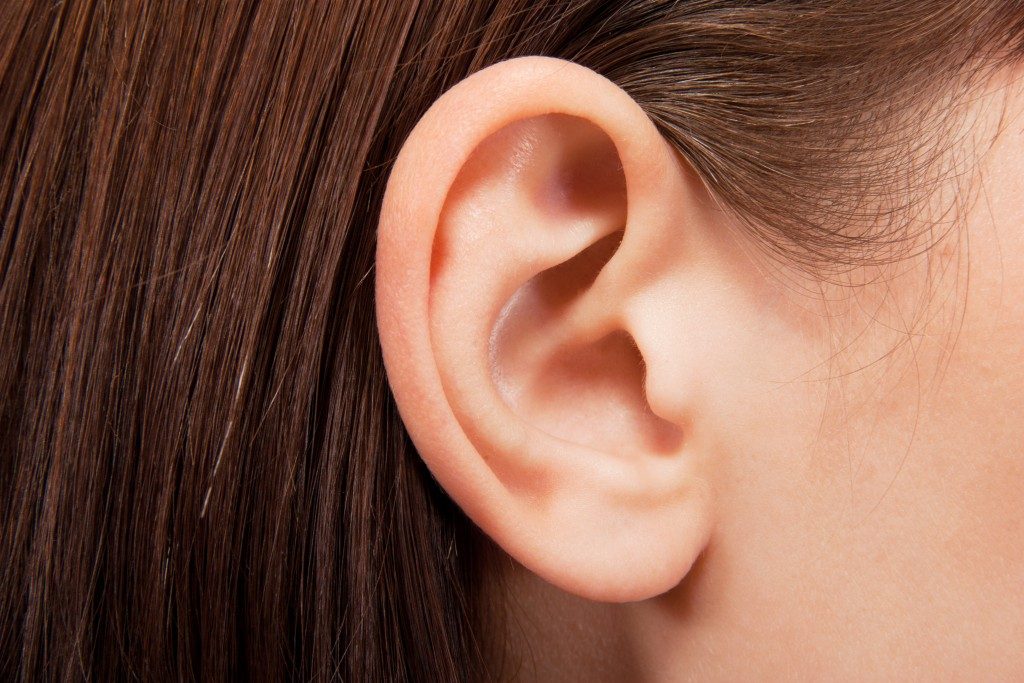Otosclerosis is basically a form of hearing loss that affects the middle ear. It occurs when there’s unusual bone development in the inner ear’s ossicles or bones, typically the stapes or stirrups. These bones are responsible for sound amplification and conduction.
The inner ears’ bones are capable of moving and amplifying sound for up to three times than normal. However, when you have otosclerosis, these bones will stick together and prevent your ear from moving sound and hearing properly.
How Do I Know If I Have Otosclerosis?
Your otologist in the local voice and plastic surgery clinic here in Denver will examine your symptoms. Warning signs of otosclerosis typically manifest between 10 and 30 years old. One of the earliest signs associated with otosclerosis is sensorineural and conductive loss of hearing.
In select instances, both hearing loss types may manifest, known as mixed loss of hearing. It might be gradual and start with difficulty hearing whispers and low-pitched sounds. According to the National Institute on Deafness and Other Communication Disorders, NIDCD, it is estimated that affected individuals may lose approximately 60 decibels of hearing, which could equal normal conversation to some degree.
Affected individuals may likewise experience dizziness, tinnitus, and find listening to conversations significantly more challenging when there’s background noise.
How is Otosclerosis Diagnosed?
If your otologist or audiologist thinks you might have otosclerosis, he or she will ask about your family medical history since the disease is hereditary. Your doctor may also conduct an audiogram to test your hearing conductivity and sensitivity.
Depending on the results of the audiogram, you may also need to undergo further testing. This includes a CT scan to check for and verify bone overgrowth. This is the distinct symptom that differentiates otosclerosis from other hearing conditions that can cause hearing loss.
What are The Treatment Options for Otosclerosis?
If your doctor considers your symptoms “mild,” you probably won’t need treatment, but would need to undergo regular hearing tests. But if your symptoms are more on the advanced stage, your doctor will recommend either curative or supportive treatments.
Wearing a hearing and supplementation are both supportive treatments. With help from a hearing aid, sound will be amplified for the wearer to help mitigate the risk of further hearing loss. Do note though that while hearing aids may be more effective for conductive loss of hearing due to otosclerosis, they can likewise aid some individuals with sensorineural hearing loss.
Also, calcium, vitamin D, and calcium supplementation may aid in treating otosclerosis in its early stages.

It is likewise vital to note that although surgical procedures such as stapedectomy aren’t guaranteed to cure otosclerosis, it may help relieve its symptoms. Stapedectomy involves the removal of the diseased stapes or bones and then putting in replacements for them in the form of synthetic implants.
Put simply, the most appropriate treatment options for your case will be dependent on what type of hearing loss you’re suffering from and which specific ear structures or bones your disease have negatively affected.

